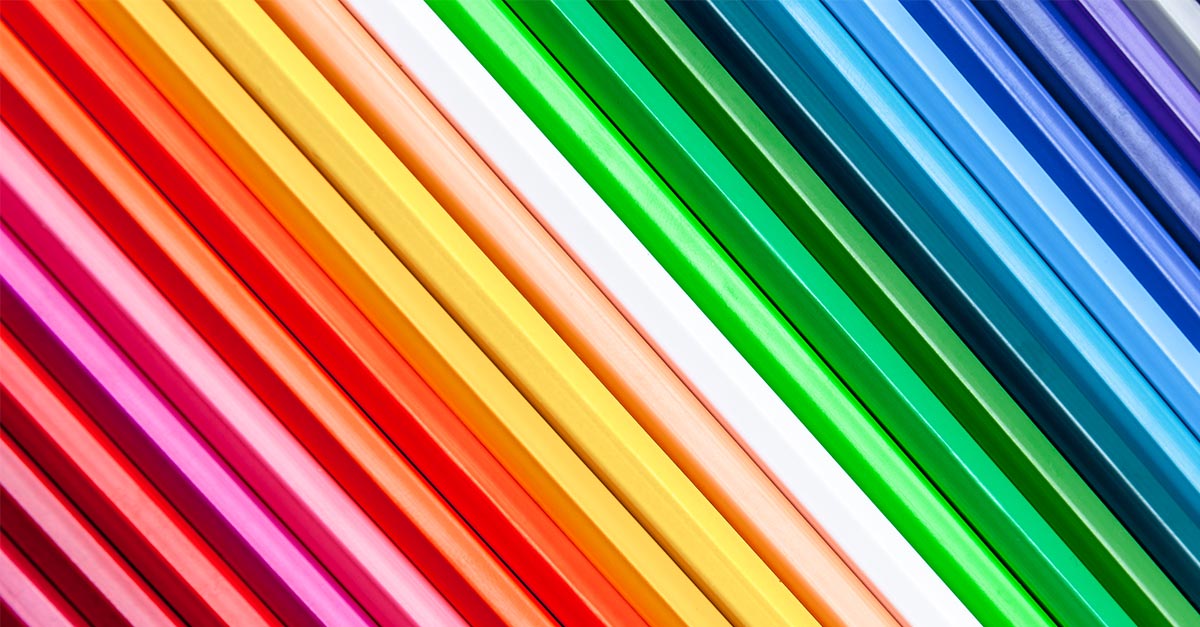 29
Sep, 2022
29
Sep, 2022
Dating back to the mid 20th century, psychologist Carl Jung’s archetype theory remains an ever-reliable branding and marketing guide.
Whether you’re carving out an audience niche for the first time or looking to realign with your ideal customers, there are plenty of reasons to factor Jung’s archetypes into your marketing strategy.
Having access to a proven, easy-to-follow framework simplifies the process of differentiating your brand from your competitors’, making it easier to connect with the right people and tailor brand communications and experiences to reach them.
This is particularly important in an age when the values and attitudes conveyed by the brands you do business with may reflect directly on your own brand.
Of course, brand archetype identification alone is not enough to move a brand or business forward – successful brands also understand and embrace their archetype in their marketing and communications.
Doing so creates opportunities to learn more about the people you want to reach and connect with, and tailor your marketing communications accordingly.
To guide you through this process, we’ve broken down each of Jung’s twelve brand archetypes along with insights that explain how these archetypes shape marketing efforts for your target audience.
Innocent
Naturally wholesome and moralistic, innocent brand archetypes have an honest yet optimistic outlook on life and a deep desire to make others happy. Built on values of freedom and simplicity, these brands entice customers and clients with the promise of humility, purity and kindness.
In their marketing, these brands emanate contentment, harmony and inner peace, and earn their audience’s trust through honest, positive communication. Paired with soft imagery and muted colours, this approach appeals to the desire for safety, comfort and happiness.
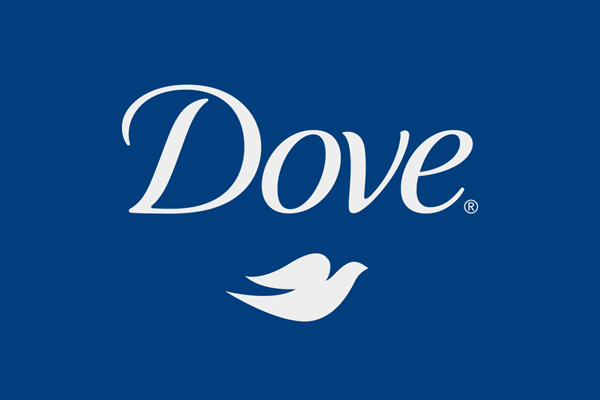 |
Like its living namesake, the Dove brand embodies purity and goodness. Between the use of the colour white and the wholesome marketing campaigns focusing on the true meaning of beauty, Dove is the innocent personified. |
||
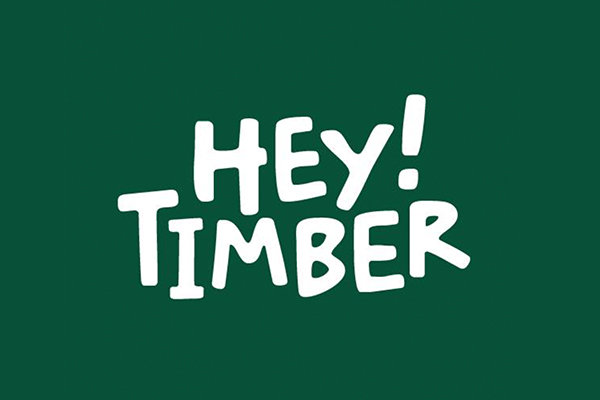 |
Selling handmade, 100% Australian-made wooden toys, the Hey Timber brand is all about restoring the sustainability and simplicity of childhood. On the Hey Timber website, classic toy designs pair naturally with timeless messaging that appeals to mindful parents. |
||
Everyman
As the name suggests, Everyman brands are friends to all. Wholesome, authentic and friendly, they are driven by a desire for connection, inclusion and equality.
Everyman consumers long for a sense of belonging, and brands use this fact to make “middle-of-the-road” unforgettable. The power of altruism, accountability, and friendly, inclusive messaging is never wasted on this archetype. A colloquial brand voice combined with wholesome imagery and trust-building elements such as money-back guarantees is a winning combination with Everyman businesses, customers and clients.
 |
Biggest range, lowest prices, and great service – these are the promises that have made Bunnings a favourite destination amongst professional tradespeople, hobbyists, homeowners and everyone in between. By featuring everyday people in marketing materials and campaigns, Bunnings endears itself to a broad target audience and sets the tone for the experience in-store, where staff are always ready to serve. |
Outlaw
The Outlaw is the yin to the Everyman’s yang, seeking to challenge, disrupt, push boundaries and rebel against social norms. While these tendencies can make Outlaws appear angry and problematic, it also makes them brave risk-takers, fervent freedom seekers and champions of honesty.
Nailing communications as an Outlaw brand is all about embodying power and strength, as Outlaw consumers are vulnerable to feelings of alienation and weakness.
It’s not unusual for Outlaw marketing to feature racy, shocking or politically incorrect content, and the strategy often works well for achieving their objectives, as long as it’s deployed with care. This is important because there are different levels of extremism within the Outlaw archetype, and taking it too far on too many occasions could alienate members of your brand community.
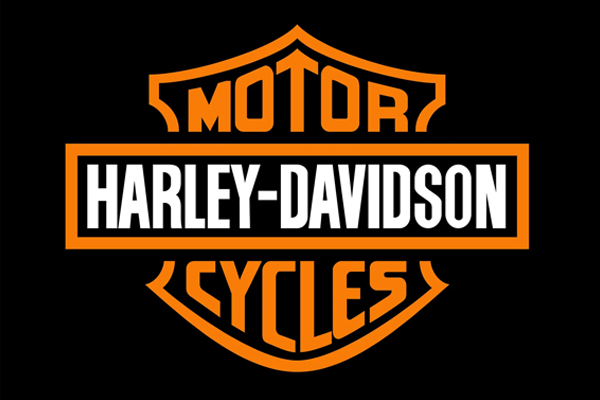 |
In the majority of their marketing communications, world-famous motorcycle manufacturer Harley-Davidson is laser-focussed on tough, alpha males. Playing on common Outlaw stereotypes, the brand pairs masculine imagery with a touch of tongue-in-cheek humour, communicating the idea that their motorcycles – and the Outlaw lifestyle – really is for life. |
||
Hero
Naturally courageous, the Hero is ready to take on challenges and make great sacrifices for the sake of goal achievement. Driven by a desire to prove their worth, they work hard to grow their skill set, meet challenges and achieve brilliant results, in turn empowering others.
To produce marketing that inspires courage and determination, Hero brands must first establish a watertight brand persona – a foundation of goodness and morality. Marketing that stands up for what’s right and speaks to the desire to make the world a better place is most likely to make a lasting impression.
With a combination of powerful imagery, strong colours and bold phrases, Hero brands can demonstrate their convictions in a way that appeals to their similarly competitive, achievement oriented target audiences.
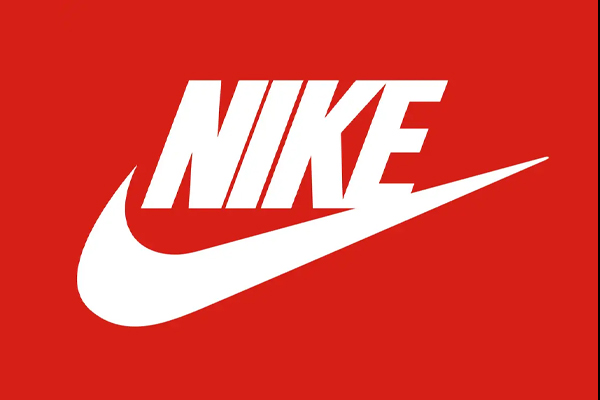 |
Totally committed to greatness, action and working at that all-important goal until it’s achieved, Nike is the ultimate embodiment of the Hero brand. Their marketing campaigns communicate one common message: anyone can achieve greatness if they are willing to put in the work. Whether it’s an overweight teen out for a jog, or a professional athlete who has faced racial persecution, the subject of Nike ads always revolves around encouraging people to take the greater – and often more difficult – path, whether it be physical, moral or otherwise. |
||
Explorer
Explorers use their wanderlust and appetite for adventure as an opportunity to discover more about themselves, their community and their world. Independent, resourceful and ambitious, they’re always prepared to take practical risks on the route to self discovery. However, Explorers without some sense of direction can come across as flaky and aimless.
For Explorer brands, the key to connection lies in marketing themes of independence, ambition and spirituality. While deep questions about purpose and meaning may seem aimless or reckless to other archetypes, Explorers often see them as the basis for authentic connections with others.
As trail blazers at heart, Explorers also respond well to marketing that speaks to their natural curiosity and thirst for adventure with new content, strategies and creative techniques. The challenge, then, is to create in a way that aligns with your authentic brand.
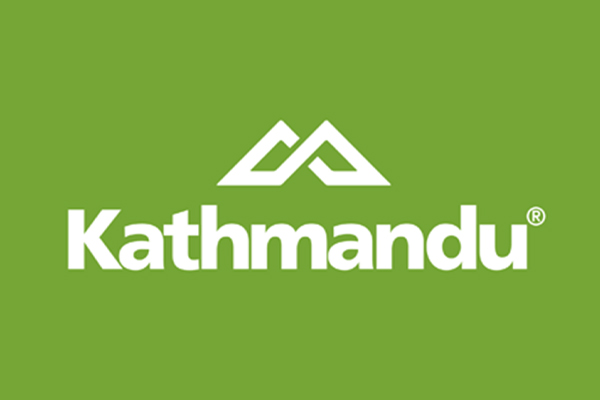 |
Known for being “out there”, Kathmandu’s slogan and marketing works on several different levels. Firstly, it suggests that the people behind the brand are out exploring the world alongside their customers. This is not only the ultimate credibility booster for their products, but also a great allusion to their ideal customers’ deepest desire: freedom. On another level, it also subtly implies that the brand does things differently from its competitors, and they’re not afraid to break away from the pack. |
||
Creator
Sharing several traits with the Outlaw archetype, Creators often feel compelled to push or break boundaries for the sake of innovation and change. They strive to bring their vision to life through self expression, their own drive for perfection often their most significant barrier.
From the messaging to the aesthetic, individuality and uniqueness should always be a significant component of a Creator’s marketing strategy. An eye-catching, professional website is a typical first port of call for Creators in business, leading by example and communicating the high standard they set for their own work. As an extension of the brand, all audience communications should meet the same standard, focusing on inspiring customers and celebrating the creative process.
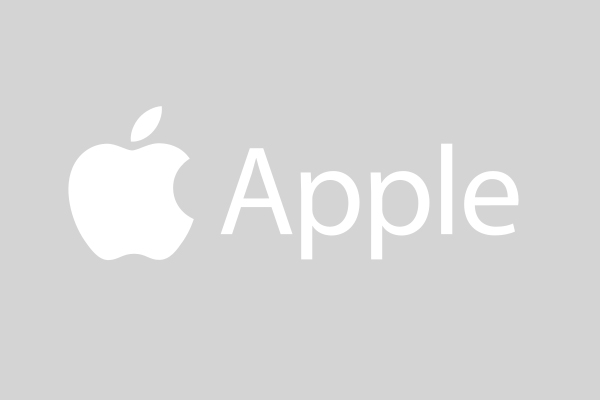 |
Endlessly innovative, Apple is known for pairing their ground-breaking product range with marketing campaigns to match. Each advertisement embodies the company slogan, “Think Different”, and communicates the business and product value propositions as succinctly as possible. Speaking to their fellow creators first (and then to their broader network of countless loyal customers), Apple’s marketing team shoots for simple, eye-catching and clever, and they rarely miss. |
||
Ruler
Those who fit the Ruler archetype were born to lead – confident, responsible and in control, they hold themselves and others to high standards. Self-assured and sophisticated, they are natural leaders and role models.
In communication, the Ruler’s ultimate goal is to reaffirm their audience’s sense of power, control and self-respect. Rulers also respond well to authoritative action and communications, whereas other archetypes may be intimidated by their high standards.
A combination of commanding, yet refined messaging, timeless content themes and striking, high quality design tends to speak to a Ruler’s individual sense of superiority.
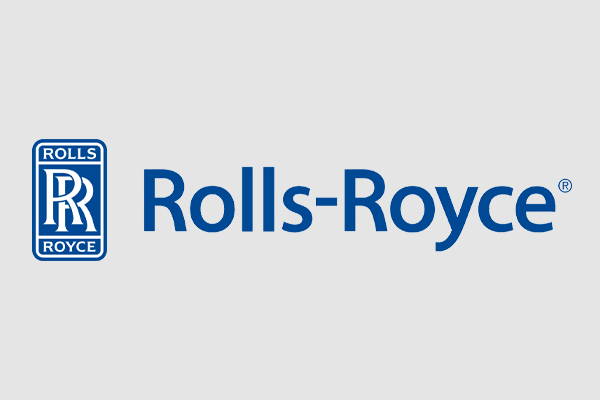 |
Few product categories embody superiority better than luxury cars, and the Rolls Royce marketing team knows it. Classic Ruler archetype themes of power and control feature heavily in their advertisements, communicating the message that the cars themselves and the people who drive them are in a class of their own. Throw in a handful of words like “ultimate” and “luxury”, and the positioning is complete. |
||
Magician
When it comes to creating transformation in the lives of those in their communities, Magician archetypes truly live up to their name. Much of this change begins with the belief that imagination makes anything possible and that, with resilience, even obstacles represent opportunities. Perhaps a Magician’s greatest trick is their ability to transform a powerful vision into create real results, taking their followers from point A to point B without ever giving away their tricks.
Authentic, effective marketing for a Magician brand should highlight customer, client and community transformations. Given the perceived value of innovative solutions amongst this collective, the marketing approach should also diverge from competitors’ strategies or styles. Finally, keeping things in motion and making ongoing progress is important to assuage a Magician’s fear of stagnation and doubt.
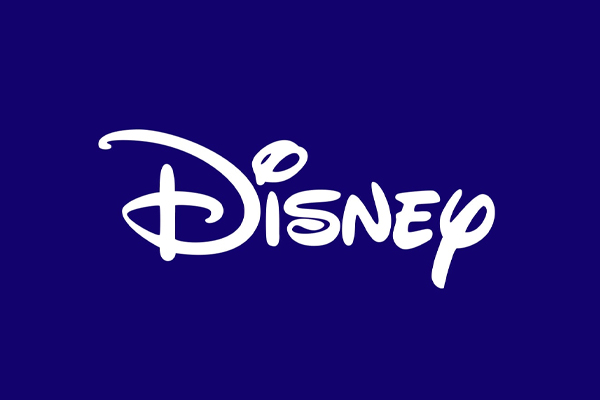 |
From cleaning companies to SAAS creators, many brands base their value propositions on a transformation, but none embrace the Magician archetype quite as explicitly as Disney. The slogan alone – “where dreams come true” – is a reminder to fans of all ages that that anything is possible. |
||
Lover
Relationships are a central focus for the Lover archetype, from family and friends to romantic partners and everything in between. As part of their desire to build relationships with others, Lovers often strive to become more physically or emotionally attractive in pursuit of more intimacy, connection and love. By the same token, once they have love, they fear losing it and experiencing rejection and isolation in its place.
Brands that fit the Lover archetype tend to see the best results from marketing content that embraces a sensual tone and highly visual language. As Lovers tend to be highly attuned to their senses and emotions, they tend to respond to content that celebrates human connection – that, and the colour red.
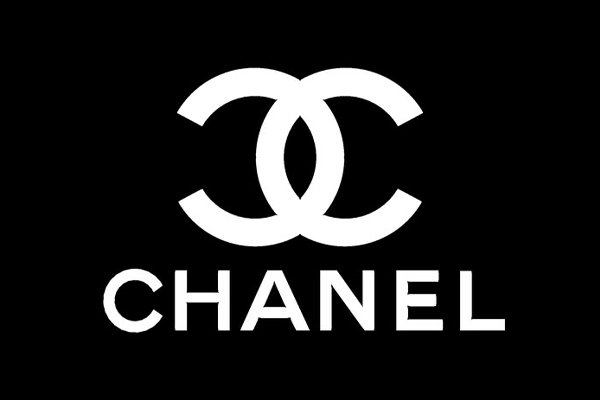 |
With models and celebrities at its heart, the Chanel brand is all about celebrating the aspirational – the most beautiful things life has to offer. The advertisements themselves often feature slivers of fairy tales, love stories and pop culture romances. Like many makeup, perfume and high fashion brands, Chanel’s marketing blends classic Lover themes of lust and seduction with an air of magic – although, unlike the magician, it always reveals its tricks. |
||
Caregiver
Kind and compassionate to a fault, Caregiver archetypes spend their days protecting, serving and nurturing those in need – a tendency that also extends to their customers and clients in business.
For Caregiver brands, considered communication is key to encouraging positive associations amongst their communities. As a first port of call, all marketing for products and/or services should emphasise reliability and trustworthiness through consumer-generated content (CGC) and testimonials, where possible.
Robust customer care policies and systems are also essential, whether they’re fielding questions, comments or complaints.
 |
Yallamundi Farm is a textbook example of a Caregiver brand at work. From the overarching brand strategy to the key messaging and visual design, the brand is grounded and nurturing in its marketing approach, with a clear emphasis on their commitment to animal welfare, sustainability and giving back. |
||
Jester
The Jester is a natural archetypal fit for brands that know how to have fun and want their communities to do the same. Their child-like nature and optimism is a major drawcard for the young, the young at heart and anyone who gravitates towards positivity and joy. They are also adept at reframing things, transforming sad or dangerous situations into subjects of laughter.
In the marketing of a Jester brand, fun comes first. Jesters want to see the personality behind the businesses they buy from, particularly when it comes in the form of tongue-in-cheek messaging and bright colours. The Jester’s enthusiastic, lighthearted style of communication makes for strong audience engagement, particularly on social media.
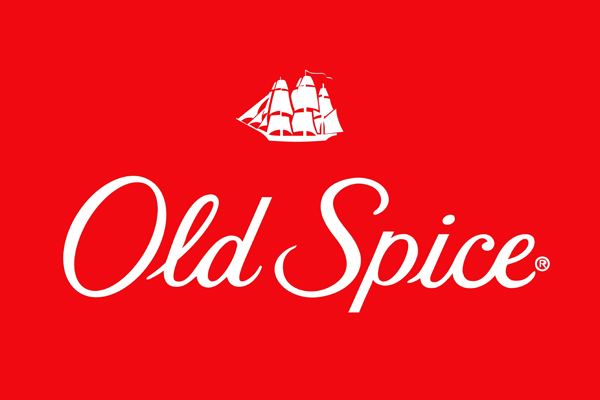 |
Known for their unusual, tongue-in-cheek advertisements, the Old Spice brand knows how to keep its customers on their toes. They even go so far as to create their own terminology, coining phrases like “make a smellmitment”. Humour makes this brand memorable for all the right reasons and appeals to two key target audiences: the 35-55-year-old men who use the products, and the women in their lives who likely influence their purchase decisions. |
||
Sage
The Sage archetype’s greatest aim is to gain an understanding of the world and share this understanding with others. As lifelong learners, they are driven by the pursuit of information and spend their days seeking and expressing knowledge, truth and wisdom.
Every Sage marketing strategy should aim high – both in terms of the subject matter and the communication style. Sage customers and clients tend to seek out answers to life’s big questions and connect with those who can guide them in the right direction, through well-researched communications. In grappling with those questions, a Sage brand should always choose vocabulary that acknowledges the intelligence of their audience.
Beyond connecting with customers and clients within their own archetype, Sage brands should also speak to those with the tenacity to channel their wisdom into action, like Outlaws, Rebels and Heroes.
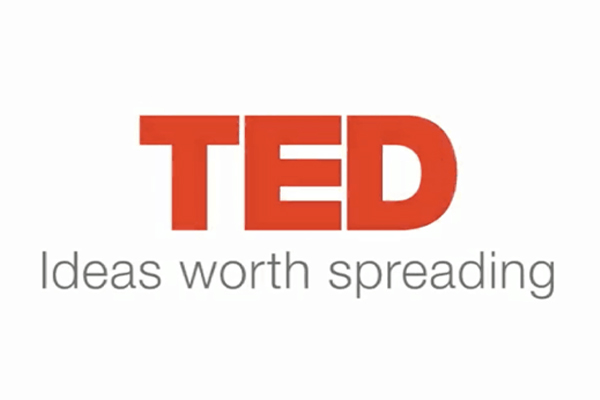 |
An initiative created to expand on the original TED mission of research and discovery, TEDx brings ideas worth spreading to a growing number of local communities around the world each year. Each year, people with a passion for new ideas, research and conversations organise more than 3000 TEDx events around the world. |
||
While brand archetypes are an important tool for understanding and connecting with ideal clients and customers, they are only the foundation on which successful marketing campaigns are built – and the construction process can be complex. If you’re looking for professional marketing assistance, reach out to our team.
